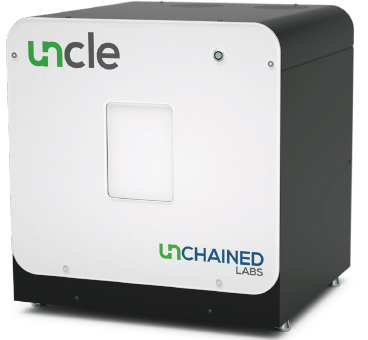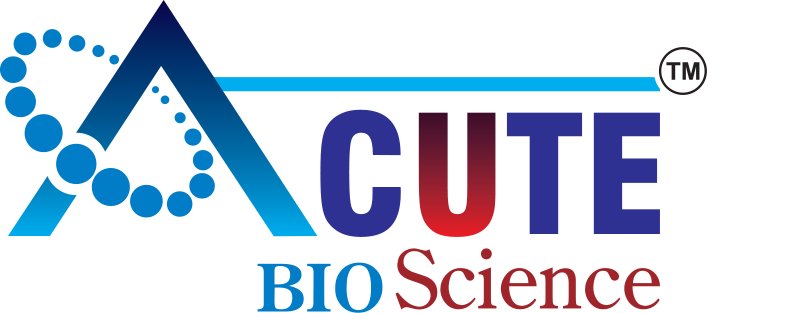Specifications |
Application | Full-spectrum Fluorescence | Static Light Scattering (SLS) | Dynamic Light Scattering (DLS) |
| Tm | • |
|
|
| Tagg |
| • |
|
| Tm with SYPRO (DSF) | • |
|
|
| Isothermal stability | • | • | • |
| Sizing & polydispersity |
|
| • |
| Sizing with thermal ramp |
|
| • |
| kD |
|
| • |
| B22 & G22 |
| • |
|
| Thermal recovery | • | • |
|
| Viscosity |
|
| • |
ΔG | • |
|
|
| Capsid stability & particle intensity | • | • | • |
Instrument |
| Minimum sample volume | 9 µL, sealed capillaries |
| Simultaneous samples per experiment | 48 |
| Sample temperature range | 15–95 °C |
| Sample concentration range | 0.05 mg/mL – 300 mg/mL IgG (protein dependent) |
| Heating rate | 0.1–10 °C/minute |
| Temperature control accuracy | ±1 °C (<70 °C), ±1.5 °C (>70 °C) |
| Physical | 54 cm W x 50 cm D x 58 cm H, 50 kg |
| Electrical | Auto switching power supply, voltage 110–240 V AC, 50–60 Hz, single phase, fuse rating T6.3AL, 250V, max power 600 W |
| Regulatory compliance | Software has optional 21CFR11 |
Fluorescence and static light scattering |
| Sample precision | <2% CV (Tm ) |
| SLS resolution | ~15 kDa change in mean molecular mass |
| AAV genome concentration | ≥5 x 1011 viral genomes per mL |
| Excitation | 266 nm and 473 nm laser |
| Detection | Fluorescence: CCD spectrometer at full 250–720 nm spectral range SLS: intensity at 266 nm and 473 nm |
Dynamic light scattering |
| Hydrodynamic diameter range | 0.3–1000 nm |
| Size accuracy | ±2% |
| Minimum sample concentration | 0.1 mg/mL — lysozyme |
| AAV capsid concentration | ≥5 x 1011 viral genomes per mL |
| Molecular weight range | 192 Da – 25 MDa |
| Light source | 660 nm laser diode |
| Detection | Avalanche photodiode module |

